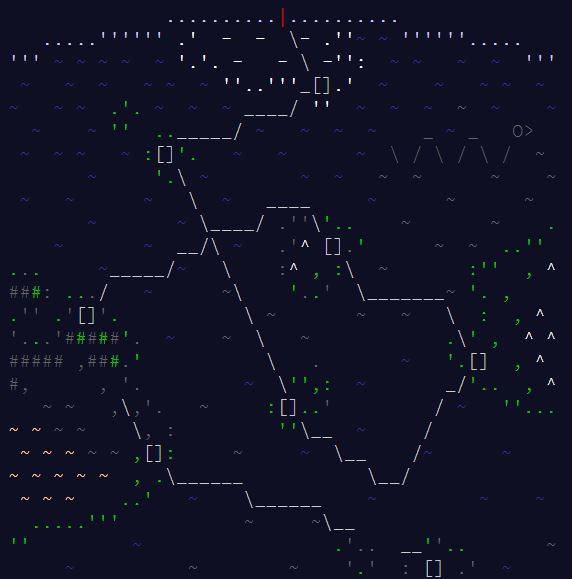The act of attributing a cyber attack is a long sought after, but rarely attained goal. While things such as techniques, IP addresses, and other artifacts can plan an important role in attributing an attack, being able to attribute actions to a specific computer that has been obtained can help provide overwhelming proof of an act. In this post, I’m publishing a paper that I started working on a few months ago (life gets busy) that provides a forensic analysis of multiple freshly installed Kali systems. My goal over the coming months is to conduct similar experiments on other operating systems. I’ve also provided the raw data that I used to conduct my analysis.
Advent of Code Day 9
For day 9, we’re trying to break a simple encryption scheme. Our input starts with a preamble of 25 numbers. From there, it continues with a series of additional numbers. Each number must be equal to the sum of any two of the previous 25 numbers. We’re trying to find the first number that doesn’t meet that rule.
Advent of Code Day 7
Day 7 threw me for a loop. Basically what you have is a remake of the Matryoshka Dolls where you have a doll inside of a doll, only in this case it was bags within bags. We’re provided with a list of rules telling us which bags are within which bag. Ultimately we want to find how many bags can contain a “Shiny Gold Bag” within it.
Hindsight is 2020….Welcome 2021
So I didn’t write a year in review post at the end of 2019 but I would hazard to guess that if I had, it wouldn’t have included nearly anything that actually happened this year. To say that 2020 was a year that no one expected would be the understatement of the world.



